For over a century, astronomers have anticipated a dramatic cosmic collision between the Milky Way and its largest neighbor, the Andromeda galaxy. This galactic clash, dubbed "Milkomeda," has been predicted to occur in about 4.5 billion years. However, new research suggests that the likelihood of this cataclysmic event may be smaller than previously thought, adding a layer of uncertainty to the future of our galaxy.
The Galactic Collision: A Closer Look
At first glance, the collision between the Milky Way and Andromeda seems almost inevitable. The two galaxies, separated by about 2.5 million light-years, are hurtling toward each other at approximately 223,694 miles per hour (100 kilometers per second). This speed and distance have long suggested that a collision was a foregone conclusion. However, recent studies have introduced new variables that complicate this prediction.
The Role of the Local Group
The Local Group, our corner of the universe, includes over 100 known smaller galaxies. Among them, the Large Magellanic Cloud (LMC) and M33, also known as the Triangulum galaxy, are significant players. A team of astronomers, led by Dr. Till Sawala from the University of Helsinki in Finland, has factored in the gravitational pull of these satellite galaxies to see how they might influence the future of the Milky Way and Andromeda.
Using new data from the Hubble and Gaia space telescopes, the team ran 100,000 simulations to account for the gravitational effects of the Local Group galaxies. The results were surprising: there is only about a 2% chance that the Milky Way and Andromeda will collide in 4 to 5 billion years, as previously thought. Instead, the simulations suggest a 50% chance of a collision within the next 10 billion years.
The Influence of Satellite Galaxies
The LMC, which orbits the Milky Way, and M33, a satellite of Andromeda, play crucial roles in this revised prediction. The LMC's mass, though only about 15% of the Milky Way's, exerts a gravitational pull that changes the Milky Way's motion enough to reduce the likelihood of a merger with Andromeda.
"The extra mass of Andromeda's satellite galaxy M33 pulls the Milky Way a little bit more towards it," Sawala explained. "However, we also show that the LMC pulls the Milky Way off the orbital plane and away from Andromeda. It doesn't mean that the LMC will save us from that merger, but it makes it a bit less likely."
The Complexity of Predictions
Predicting the future of galaxies is inherently complex. Previous research often assumed most likely values for unknown data, such as the uncertainties in the present positions, motions, and masses of the Local Group galaxies. In the new study, the team accounted for 22 different variables, including these unknowns, to provide a more comprehensive picture.
"We ran many thousands of simulations, which allowed us to account for all the observational uncertainties," Sawala said. "Because there are so many variables that each have their errors, that accumulates to rather large uncertainty about the outcome, leading to the conclusion that the chance of a direct collision is only 50% within the next 10 billion years."
The Consequences of a Merger
If a merger were to occur, the consequences would be profound. The collision of the Milky Way and Andromeda would destroy both spiral structures, eventually forming a single elongated galaxy. This process would involve intense "cosmic fireworks," as gas driven to the center of the merger fuels a central black hole, emitting enormous amounts of radiation before falling into the hole.
"In general, the merger would most likely involve a strong starburst, during which many new stars would form, followed by a period of intense radiation caused by exploding young stars and the newly active supermassive black hole, eventually shutting down star formation completely," Sawala said. "A few billion years later, any traces of the former Milky Way and Andromeda would disappear, and the remnant would be a largely featureless elliptical galaxy."
The Fate of the Milky Way and the LMC
While the chance of a collision with Andromeda has decreased, the Milky Way faces another potential merger with the LMC within the next 2 billion years. This merger, though less dramatic than a collision with Andromeda, would still fundamentally alter the Milky Way.
"The merger (between the Milky Way and the LMC) will not destroy our galaxy but it will change it profoundly, particularly impacting our central supermassive black hole and the galactic halo," said study coauthor Carlos Frenk, a professor at Durham University in England.
The Role of Uncertainty
Accounting for uncertainties is a crucial aspect of the new study. Galaxies are complex systems, and their shapes can become distorted, interactions can change their orbits, and they can lose mass in various ways. These complexities make predictions difficult, leaving the fate of the Milky Way "completely open," the study authors wrote.
The Impact on Earth
While the fate of the Milky Way remains uncertain, the researchers note that the sun's lifecycle will have a more immediate impact on Earth. In about 5 billion years, the sun will swell into a red giant, potentially engulfing Mercury, Venus, and even Earth. This event, known as the sun's death, is far more certain than any galactic collision.
"The short answer is that the end of the sun is far worse for our planet than the collision with Andromeda," Sawala said. "While that merger would mean the end of our galaxy, it would not necessarily be the end of the sun or the Earth. Collisions between stars or planets are extremely rare during galaxy mergers. And while the end of the sun is certain, our study shows that the end of the galaxy is anything but."
Future Research and Data
More data from the Gaia space telescope, expected in the summer of 2026, will provide refined measurements of Andromeda's speed and direction across the sky. This information will help reduce some of the uncertainties about the future of the Milky Way and Andromeda.
The new research on the potential collision between the Milky Way and Andromeda highlights the complexities and uncertainties involved in predicting the future of galaxies. While the likelihood of a merger has decreased, the influence of satellite galaxies like the LMC and M33 cannot be ignored. The fate of the Milky Way remains an open question, with many variables and uncertainties still to be resolved.
As astronomers continue to refine their models and gather more data, the story of our galaxy's future will unfold. Whether it faces a dramatic collision, a gradual merger, or remains relatively unchanged, the journey of the Milky Way is a testament to the dynamic and ever-evolving nature of the universe.
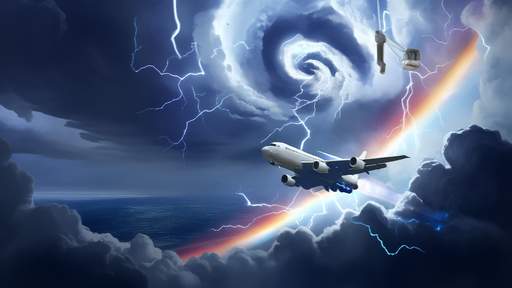
By Daniel Scott/Jun 6, 2025

By John Smith/Jun 6, 2025
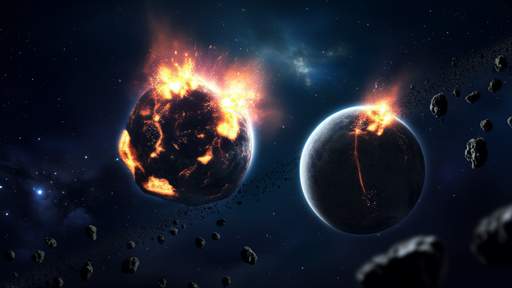
By Daniel Scott/Jun 6, 2025
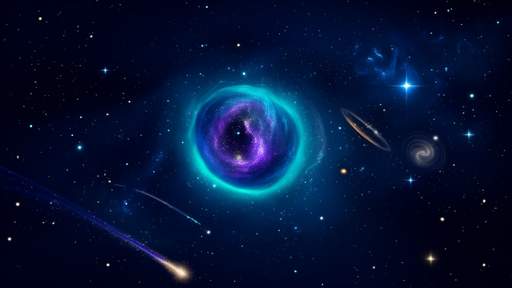
By Emma Thompson/Jun 6, 2025
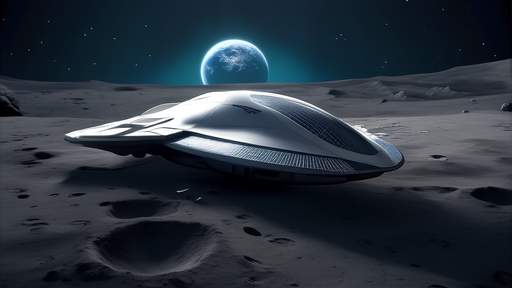
By Sophia Lewis/Jun 6, 2025

By Olivia Reed/Jun 6, 2025

By Joshua Howard/Jun 6, 2025
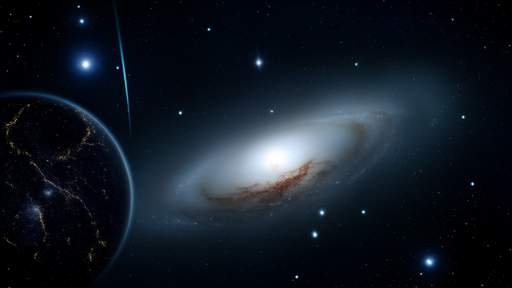
By David Anderson/Jun 6, 2025
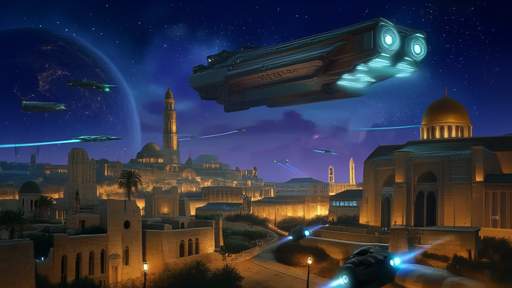
By Emma Thompson/Jun 6, 2025

By Emily Johnson/Jun 6, 2025

By Samuel Cooper/Jun 6, 2025

By Emily Johnson/Jun 6, 2025

By Sophia Lewis/Jun 6, 2025
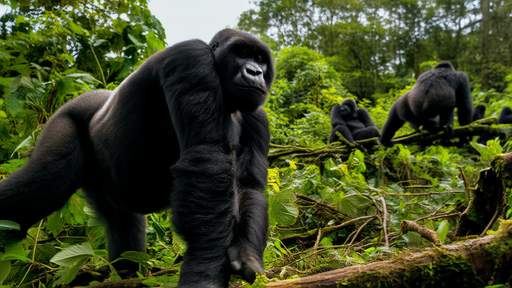
By Jessica Lee/Jun 6, 2025